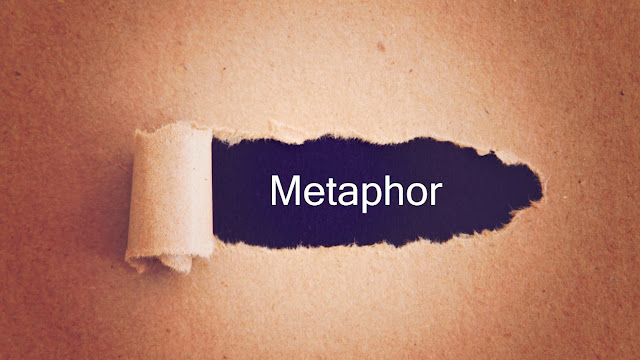Writers love comfort. We crave routines, favorite pens, familiar desks, predictable mornings. But life doesn’t always cooperate. Change barges in—uninvited and often unwelcome. Suddenly, the ground shifts. The routines that once worked no longer fit.
The instinct is to resist. We tighten up. We cling to what used to be. But resistance doesn’t stop change; it only stops us from moving with it.
What if, instead, you saw change not as an enemy but as fuel?
Resistance Drains Energy
Think about the last time you resisted change. Maybe a project deadline shifted, or a family routine disrupted your writing hours. How much energy did you spend fighting against it? Probably more than it would have taken to adapt.
Change Brings New Raw Material
Every disruption carries new story seeds. A move to a new town brings details of place you’d never have noticed otherwise. A job change brings new characters into your life. Even the loss of something familiar sharpens your perspective.
Writers who embrace change don’t run out of material—they multiply it.
Flow Lives in Flexibility
Flow isn’t rigid. It’s not about controlling the environment so you can write in one perfect way. It’s about showing up with openness, trusting that words will come even if the scene looks different today than it did yesterday.
You don’t need the same ritual every day to write well. You need the ability to bend without breaking.
Turning Change into Power
Here are a few ways to transform resistance into flow:
Shift the Frame: Instead of saying, “I can’t write because everything is different,” say, “Because everything is different, I have new ways to write.”
Shrink the Task: If change steals your time, don’t give up—write one paragraph. Write one sentence. Momentum grows from the smallest spark.
Ask, “What is this teaching me?” Every disruption carries a lesson. Look for it, and your writing will deepen.
A Short Practice
The next time you feel resistance rising, pause. Write a single page beginning with the words: “Change is giving me…”
Let the words flow without editing. You may be surprised by what new energy shows up.
A Writer’s Manifesto
You are not powerless in the face of change. You are a writer. You know how to turn chaos into story, how to transform uncertainty into meaning.
Change is not here to stop you. It’s here to sharpen you. To challenge you. To remind you that creativity is not fragile—it’s resilient.
Every time you resist, you lose momentum. Every time you embrace, you step deeper into your own power.
Closing Affirmation
Repeat this to yourself when life feels unsettled:
I welcome change. I turn resistance into flow. Every shift fuels my creativity. Nothing can silence my words when I choose to move with life, not against it.
And now, before you go, don't forget to get your free subscription to The Morning Nudge for more writing tips and resources delivered to your e-mailbox every weekday morning.
Suzanne Lieurance is the author of over 40 published books and a Law of Attraction coach for writers. Learn more about her coaching services at writebythesea.com.













